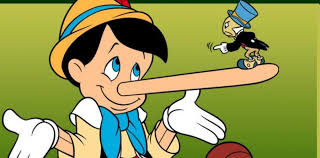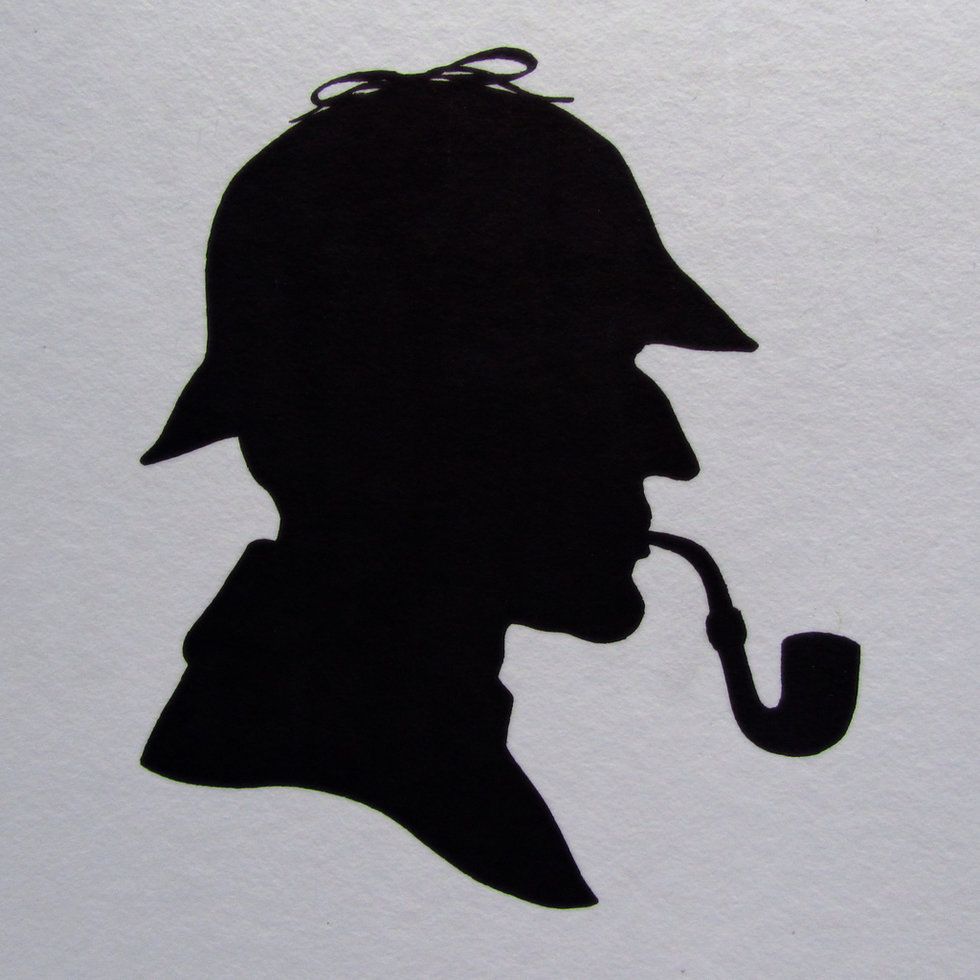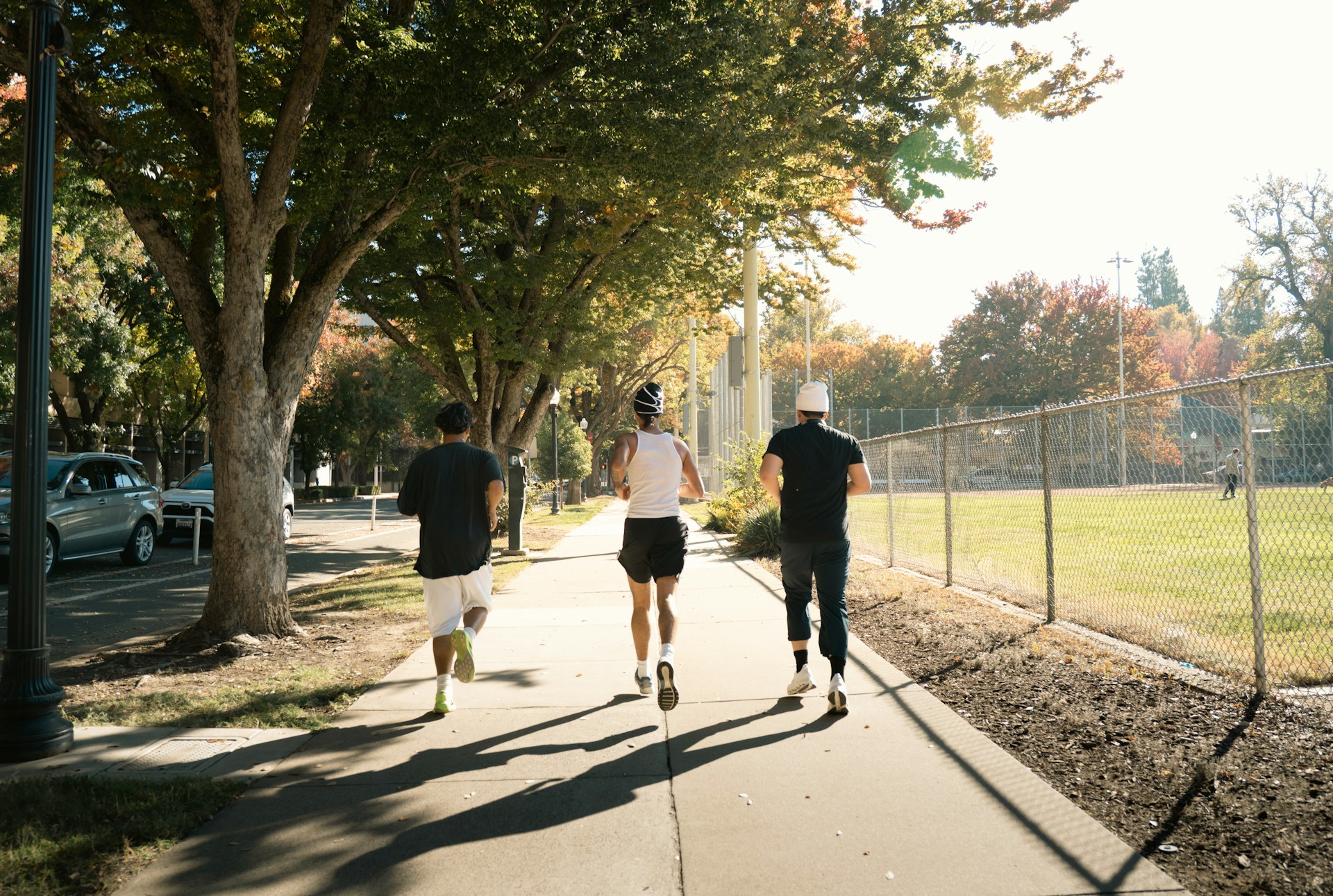The truth is, most people lie from time to time. From small fibs to whoppers, deceit can be detected with a few clues. Some cues are nonverbal — liars may be squirmy, fidgety people—and others are more subtle and take special training to detect. Law enforcement agencies, which expend a great deal of energy trying to decode fact from fiction, are a great source of information.
Think Like a Detective
UCLA professor of psychology, R. Edward Geiselman, conducted research to develop training that would help law enforcers detect deception. Some of his takeaways are techniques that can be applied to everyday situations. There are a few interrogation tactics that Geiselman offers to police detectives: 1) ask people to tell their stories backwards; 2) don’t interrupt talkers and offer a lot of silence in between responses; 3) ask open-ended questions to try to get as many details as possible. Here are some other clues to come from his widely-cited research:
1) When questioned, deceptive people try to say as little as possible and keep answers vague.
2) Liars often throw in an unprompted justification about their stories without cause.
3) They repeat the questions to themselves, as if to buy time to develop a “correct” answer.
4) They look intently at their conversational partner to try to see if they’re buying their story.
5) They slow down their speech when they’re trying to get their story straight, and then speed it up when they think it’s working. “Truthful people will not dramatically alter their speech rate within a specific sentence,” Geiselman said.
6) Truth tellers will deny that they are lying, and go on to elaborate their stories, whereas liars will try to keep stories as bare-boned as possible. The instinct here is that the more details are flushed out in a story, the easier it is to trip up and offer inconsistencies.
Body Language and Eye Movement
Sometimes you need to suss out the truth by observing physical actions rather than verbal cues. A recent article in Time Magazine noted that fidgeting and cocking your head side to side can discern a fibber from a truth teller. Another sign of lying is when someone “grooms” themselves, for example, plays with their hair, or bites their fingernails. Also, if someone rolls their lips back they could be “lying by omission.” Dr. Lillian Glass, author of The Body Language of Liars, says “It’s an instinctive reflex meaning you don’t want to speak.”
There is a common belief that if someone has shifty eyes it means they’re lying, but a study abstracted in Current Directions in Psychological Science showed that this isn’t true; rather, it means that someone is thinking about what to say, or reaching into their memory. The study’s abstract states: “On average, people move their eyes about twice as often when searching through long-term memory as they do when engaged in tasks that do not require such search.” However, if someone is staring directly and intently at the person their speaking to, that could be a tip-off that they’re not telling the truth.
Research conducted in 2015 by The University of Michigan analyzed court testimony from actual trials in order to develop lie-detecting software. “Lying individuals moved their hands more,” the University reported from their research. “They tried to sound more certain. And, somewhat counterintuitively, they looked their questioners in the eye a bit more often than those presumed to be telling the truth, among other behaviors.” The software that was developed ended up detecting liars with about 75% accuracy; much better than natural human detection, which rests at about 50% accuracy. The next time your gut tells you you’re getting fed a lie, look upward and recall our tricks so you can think like a detective.












